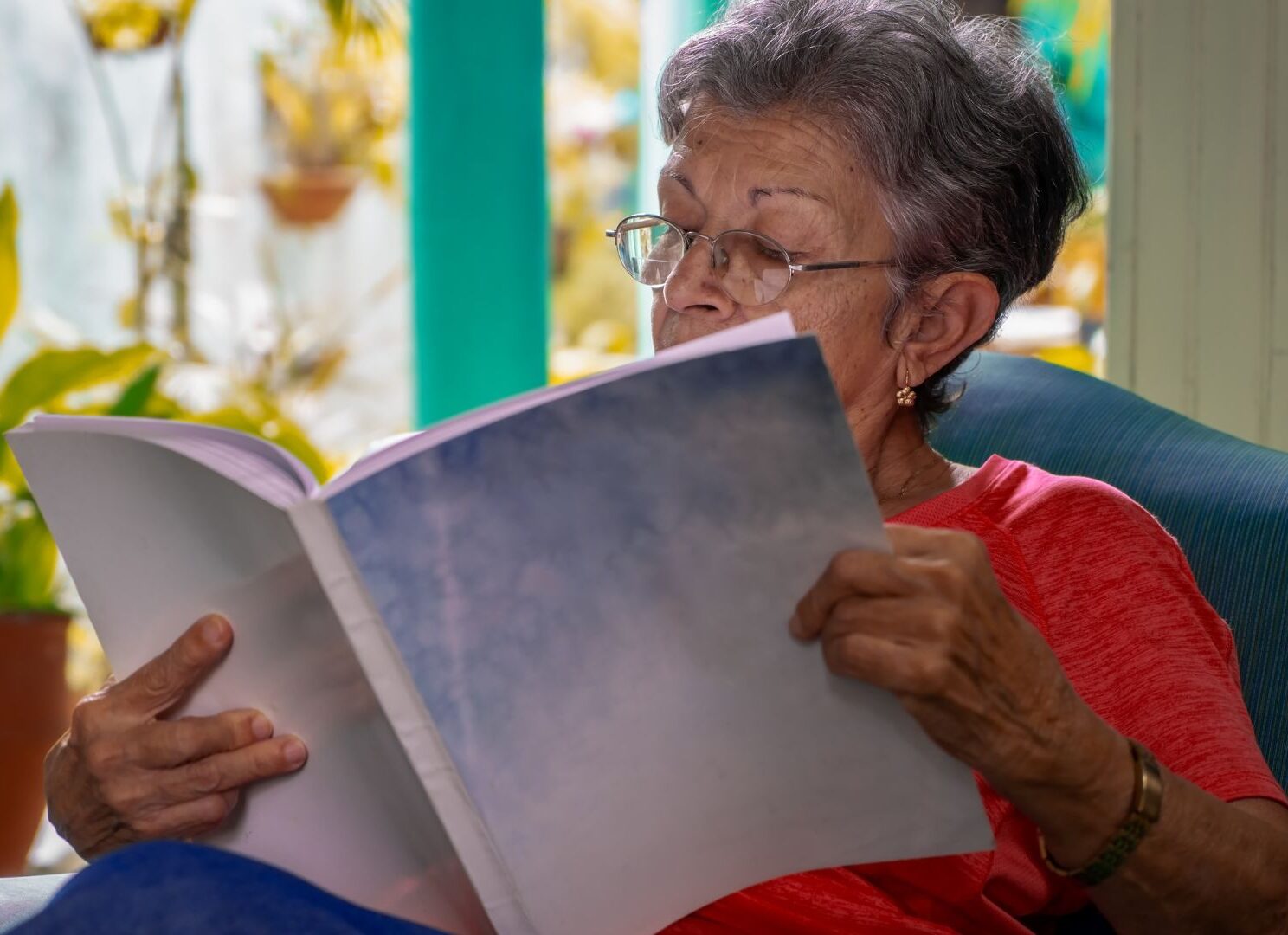Related Research
Learn more about our studies
Overview: We conducted a one-year mixed-methods longitudinal study with 20 older adults who are frail. To map the context of sedentary behaviour we will use objective (i.e., accelerometers and indoor positioning systems), and self-report (i.e.,diaries) measures; we chose three measures as one measure alone does not provide enough information about context.

| Study Type: | Mixed-methods longitudinal study |
| Participants (N): | 20 |
| Objectives: |
The purpose of this study was to assess the feasibility of measuring the context of sedentary behaviour among older adults who are frail. We defined feasibility using recruitment, retention, and refusal rates (process) and the feasibility resource (i.e., can the tools capture context and are participants willing to use the tools). Our criteria for success were to recruit 20 participants within two months, 85% retention, and 20% refusal. Our secondary objectives are: 1) to determine the context of using objective and subjective measures to assess sedentary behaviours among older adults who are frail; 2) to identify which types of sedentary behaviours can be modified and when and where to intervene; and 3) to conduct an exploratory analysis to determine the association of certain types of sedentary behaviours on health-related outcomes. |
| Methods: | Participants will be equipped with the accelerometer and indoor positioning system, and complete a diary of daily activities over seven consecutive days in the winter and spring as sedentary behaviour may differ by the season. We will also hold focus groups with participants to review the results of the accelerometers, indoor positioning systems, and diaries to identify modifiable sedentary behaviours, and when and where to intervene. We will also conduct an exploratory analysis to determine the association of certain types of sedentary behaviour on falls, cognition, frailty status, activities of daily living, health-related quality of life, depression, and anxiety. |


